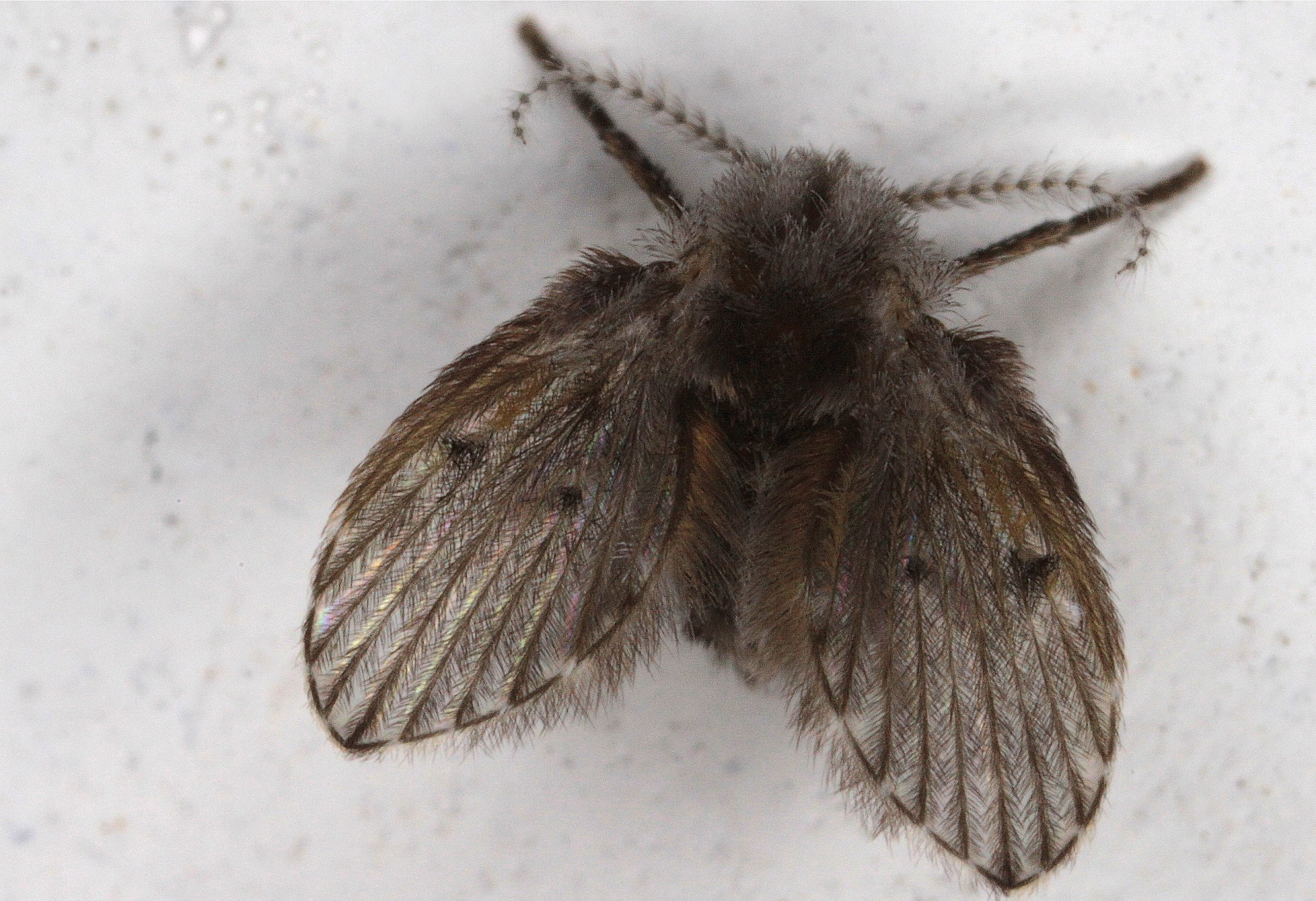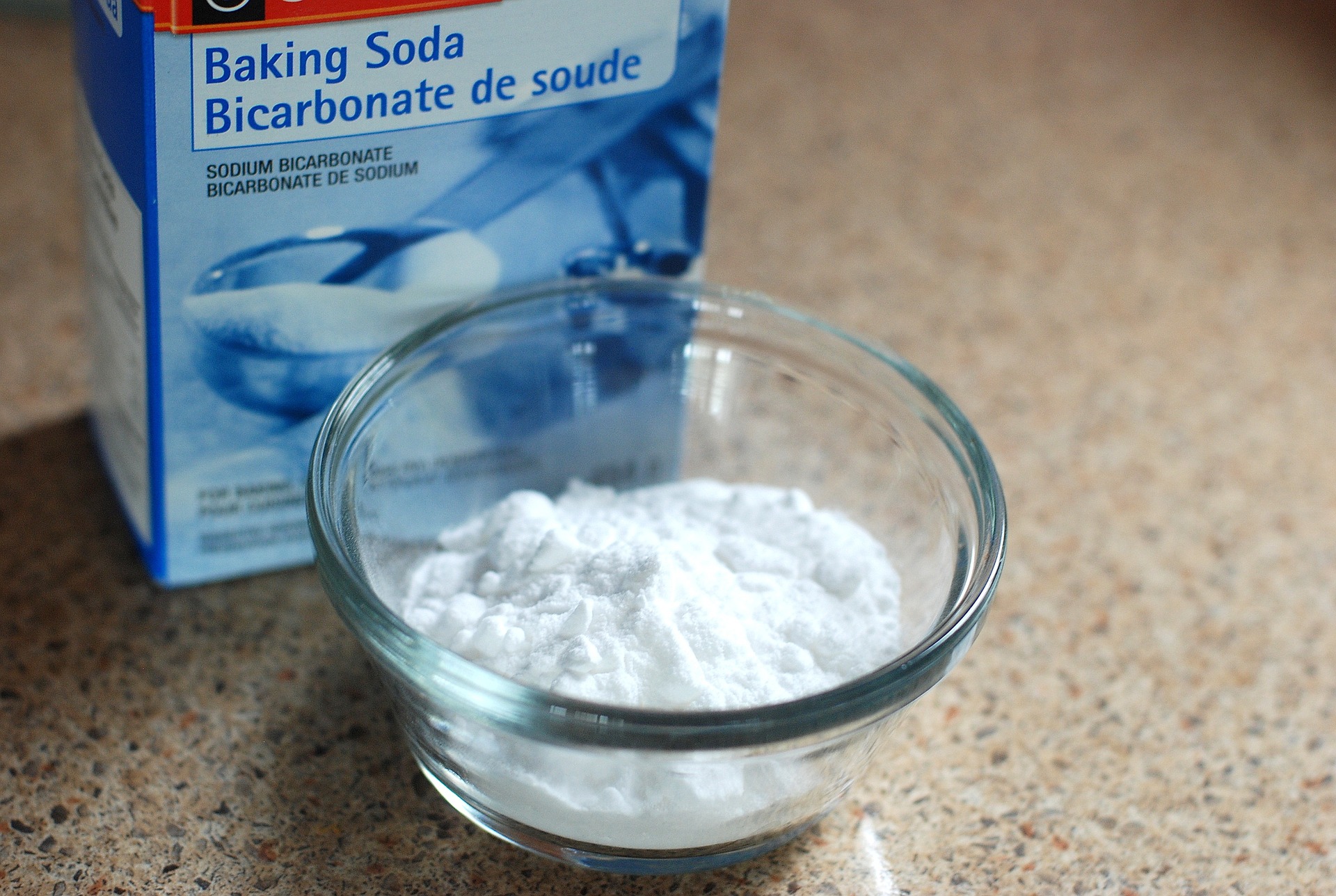Drain flies are a common household pest that can be a major nuisance. These small, winged insects are typically found in damp areas such as drains, sewer lines, and septic tanks. While they do not pose a health risk to humans, their presence can be unsanitary and unpleasant. Fortunately, there are a variety of methods for controlling and eliminating drain flies. In this article, we will explore the science of drain fly control and provide tips on how to keep your home fly-free.
Understanding the Biology of Drain Flies
Before we can understand how to control drain flies, it is important to understand their biology. Drain flies are part of the Psychodidae family, which includes over 4,000 different species of flies. They are also commonly known as moth flies, sewer flies, or filter flies.
Drain flies are small, typically measuring less than 1/8 of an inch in length. They have a furry appearance and are often mistaken for moths or gnats. Their wings are covered in hairs, which gives them a distinctive fuzzy appearance.
Drain flies typically lay their eggs in damp areas, such as drains, pipes, or standing water. The larvae that hatch from these eggs feed on organic matter, such as food particles or sewage. The larvae develop over a period of several weeks before pupating and eventually emerging as adults.
Drain Fly Control Methods
There are several different methods for controlling drain flies. The most effective method will depend on the severity of the infestation and the specific conditions in your home. Here are some of the most common methods for controlling and eliminating drain flies:
Clean Your Drains
The first step in controlling drain flies is to clean your drains thoroughly. This will remove any organic matter that the flies may be feeding on, as well as any eggs or larvae that may be present. To clean your drains, remove any debris or hair from the drain cover and flush the drain with hot water. You can also use a drain cleaning product or a mixture of baking soda and vinegar to help break up any organic matter that may be present.
Use Fly Traps
Fly traps are a popular method for controlling drain flies. These traps use a sticky substance to capture the flies, and can be placed near drains or other areas where the flies are present. There are also pheromone-based traps available that use a synthetic version of the female drain fly’s pheromone to attract and capture the males.
Eliminate Standing Water
Drain flies require standing water to breed, so eliminating any sources of standing water in your home can help control the infestation. This may include fixing leaky pipes, ensuring that gutters are clear of debris, and removing any standing water from plant pots or other containers.
Use Insecticides
Insecticides can be effective in controlling drain flies, but should be used with caution. Many insecticides are toxic and can be harmful to humans and pets if used improperly. It is important to carefully read and follow the instructions on any insecticide product you use, and to wear protective clothing and equipment as necessary.
Call in a Professional
If the infestation is severe or you are unsure of how to control the flies on your own, it may be necessary to call in a professional pest control service. These professionals have the expertise and equipment to effectively control and eliminate drain flies, and can provide advice on how to prevent future infestations.
Preventing Drain Fly Infestations
Preventing drain fly infestations is often easier than controlling them once they are present. Here are some tips for preventing drain fly infestations in your home:
Keep Your Home Clean and Dry
Drain flies are attracted to damp environments, so keeping your home clean and dry is an important step in preventing infestations. This may include fixing leaky pipes, cleaning up spills and standing water promptly, and using a dehumidifier to reduce moisture levels in your home.
Keep Your Drains Clean
Regularly cleaning your drains can help prevent drain fly infestations by removing any organic matter that the flies may be feeding on. This can be done by flushing your drains with hot water, using a drain cleaning product, or using a mixture of baking soda and vinegar to help break up any organic matter that may be present.
Use Drain Covers
Using drain covers can help prevent drain flies from entering your home through the drains. These covers can be purchased at most home improvement stores and are easy to install. Make sure to clean the covers regularly to prevent buildup of organic matter.
Avoid Overwatering Plants
Overwatering plants can create standing water and damp environments that are attractive to drain flies. Make sure to water your plants only as needed and remove any standing water from plant pots or saucers.
Keep Food Covered
Drain flies are attracted to food particles and other organic matter, so keeping your food covered and properly stored can help prevent infestations. Make sure to clean up spills and crumbs promptly, and store food in sealed containers.
Conclusion
Controlling and preventing drain fly infestations requires a combination of effective cleaning and maintenance practices, along with the use of traps or insecticides as needed. By understanding the biology of drain flies and following the tips and methods outlined in this article, you can effectively control and prevent drain fly infestations in your home. Remember that prevention is often easier than control, so taking proactive steps to prevent infestations can save you time and frustration in the long run.


